Some 4x4s were built to tackle dirt roads. Others were built to survive just about anything. Long before luxury interiors and touchscreen everything took over the off-road scene, these vintage rigs proved their worth through sheer durability. They weren’t about comfort—they were about getting there and getting back, no matter what stood in the way.
Whether it was military-grade engineering or dead-simple mechanics, the 4x4s on this list have something newer trucks often don’t: staying power. These are the trucks that outlast rust, abuse, and time—and probably all of us too.
1. Toyota Land Cruiser FJ40
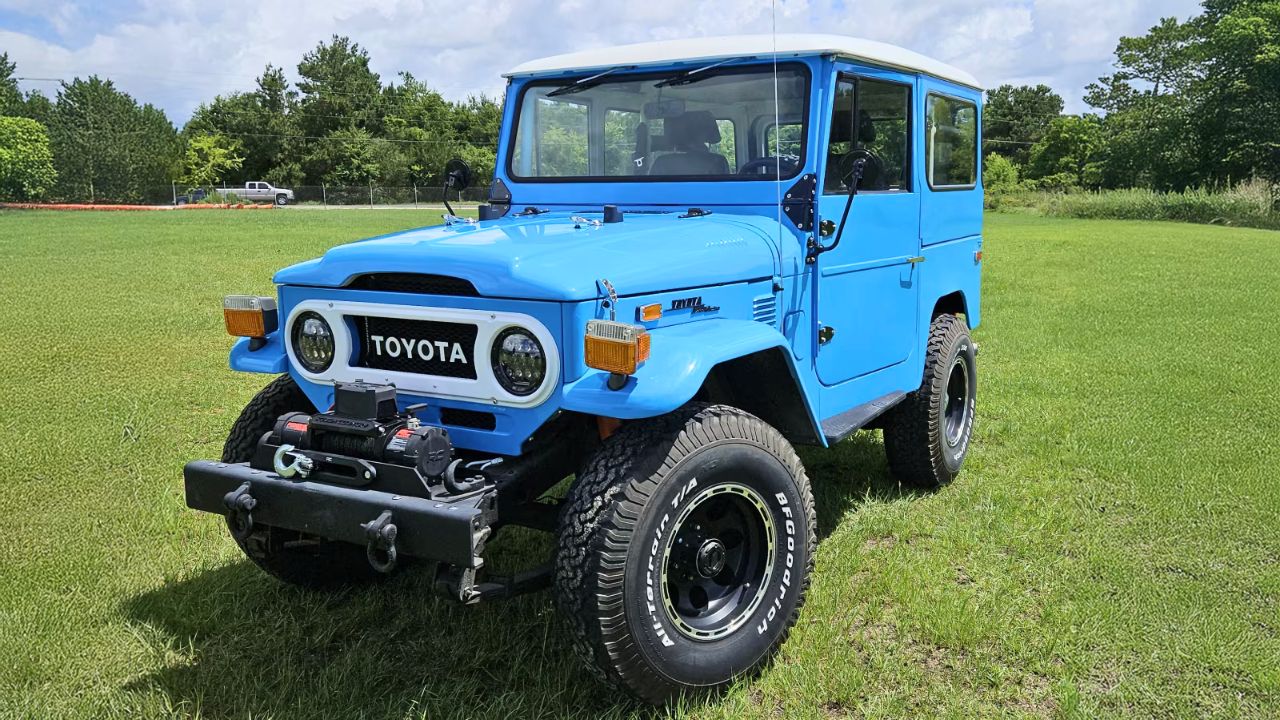
The FJ40 Land Cruiser has a reputation that borders on myth. Built from 1960 through the early 1980s, this truck was Toyota’s answer to the Jeep CJ and proved itself in some of the toughest terrain on earth. With a 3.9-liter inline-six and body-on-frame construction, it was simple, tough, and completely rebuildable.
What makes the FJ40 last isn’t just the steel—it’s the global parts support and a design that’s easy to fix with basic tools. Whether climbing Andes trails or running on Australian farms, this thing just keeps going, long after others have rusted into retirement.
2. Jeep CJ-5
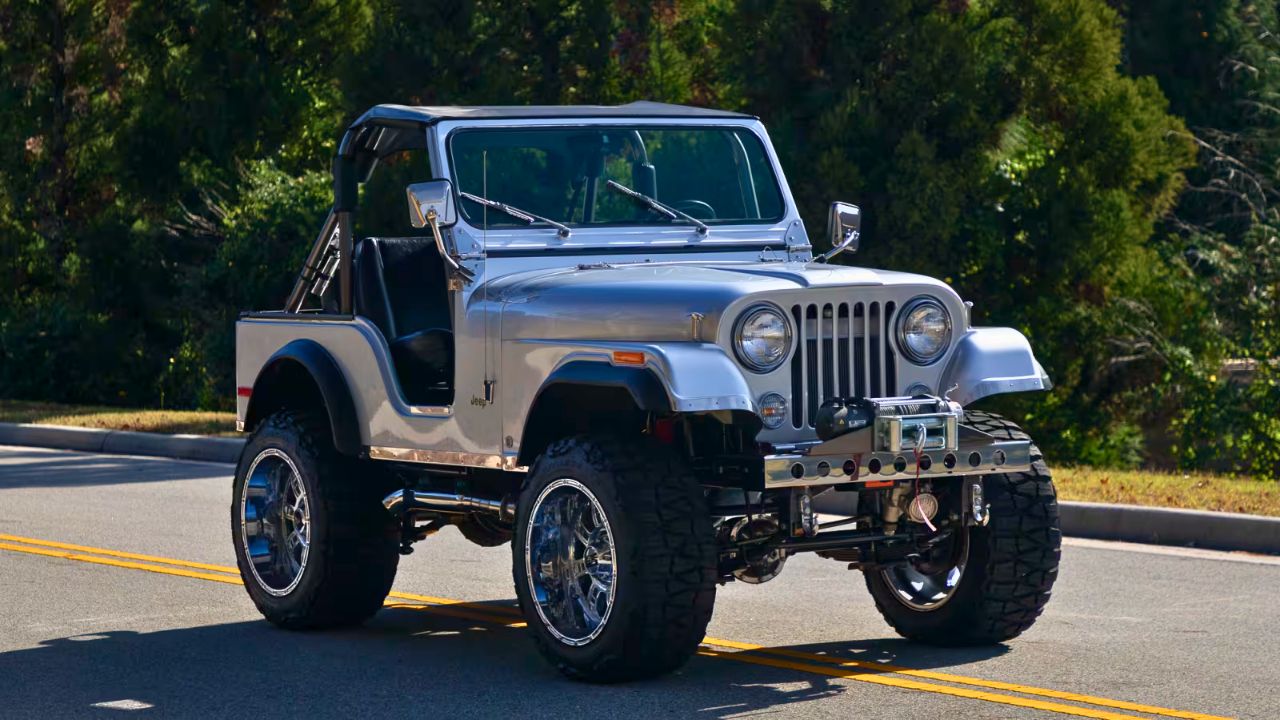
The CJ-5 was never about comfort, and that’s exactly why it lasted. Produced from 1955 to 1983, the CJ-5 had military DNA baked in. Its short wheelbase and tight turning radius made it maneuverable in rough conditions, while its simple drivetrain and rugged axles were easy to wrench on.
You could get it with the Dauntless V6 or the 304 V8 by the early ’70s, giving it serious torque for crawling or hauling. These trucks are still common on backroads because owners can keep them going forever—with some oil, patience, and duct tape if needed.
3. Land Rover Series III
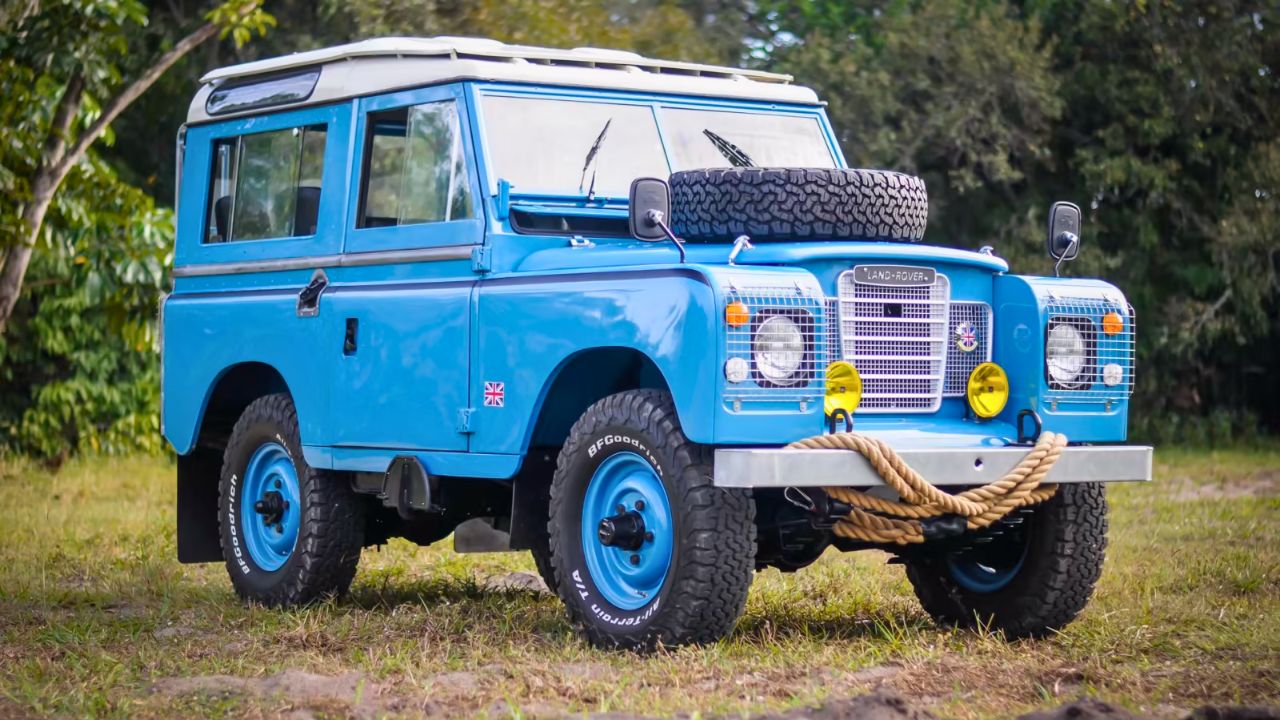
The Land Rover Series III wasn’t fast, but that wasn’t the point. Built from 1971 to 1985, it had an aluminum body over a steel ladder frame, a setup that resists rust better than most. The 2.25-liter four-cylinder wasn’t quick, but it was easy to maintain and shockingly durable.
British colonial forces and farmers worldwide trusted these rigs in the worst conditions. Manual everything, minimal electronics, and rugged axles meant the Series III was hard to break and easy to fix—exactly what you want in a 4×4 that’s supposed to last forever.
4. Mercedes-Benz G-Class (W460)

Before the G-Wagen became a fashion accessory, it was a no-frills military truck. The W460 generation, built from 1979 to 1992, was powered by diesel four- and five-cylinder engines known more for longevity than speed. Everything about the early G was overbuilt—from the axles to the locking differentials.
Its square body, steel bumpers, and minimal electronics made it reliable in all climates, from deserts to snowbanks. It was never cheap, but the W460’s military roots gave it a kind of integrity that lets them keep running for decades—so long as you keep up basic maintenance.
5. Nissan Patrol (60 Series)
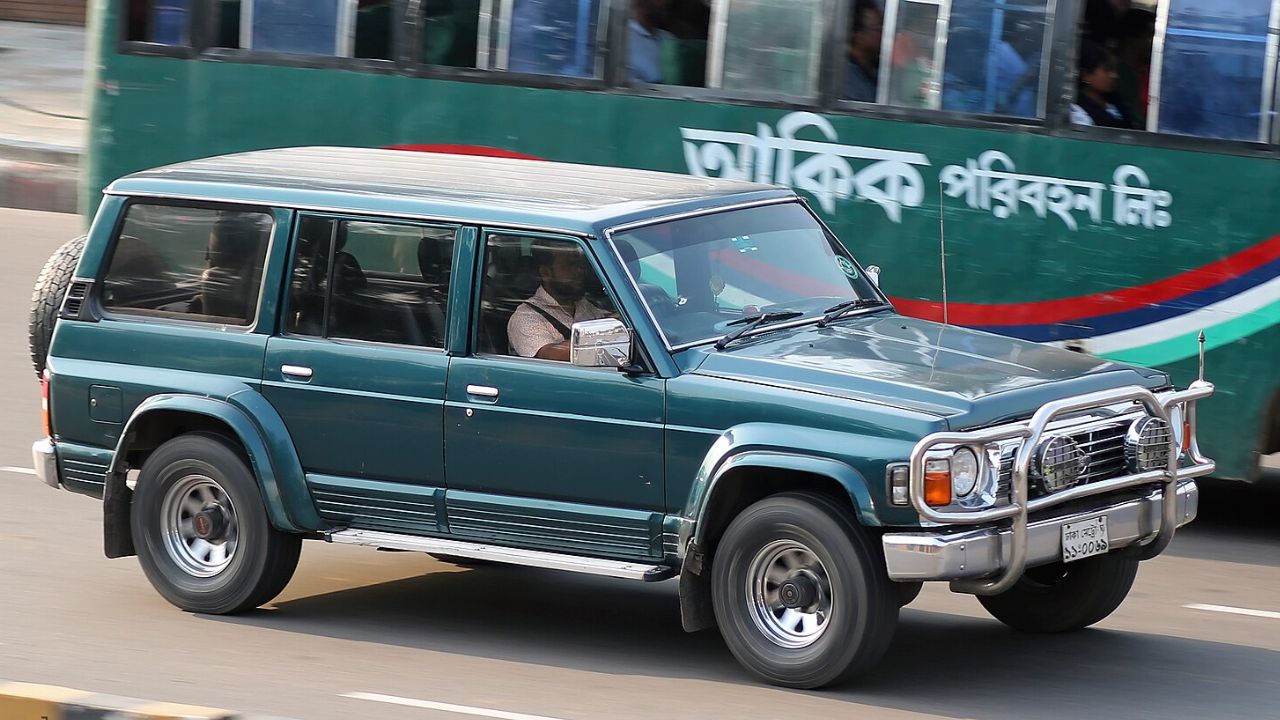
The Patrol 60 Series was Nissan’s workhorse from 1960 to 1980, competing directly with the Toyota FJ40 in global markets. Powered by inline-six gas engines and built on a ladder frame, it had part-time 4WD and solid axles front and rear—classic ingredients for long life.
The Patrol wasn’t widely sold in the U.S., but in places like the Middle East and Africa, it became a fixture. Its mechanical simplicity and sheer toughness made it a favorite among people who needed a truck that just wouldn’t die, no matter how far from civilization they were.
6. Chevrolet K5 Blazer (1969–1972)

The original K5 Blazer offered something rare in the ’60s—serious off-road chops paired with a full-size body. It rode on a shortened C/K truck chassis and came standard with four-wheel drive, solid axles, and a choice of small- or big-block V8s.
These trucks were meant to work hard and play harder. The mechanical bits were shared with millions of Chevy trucks, meaning parts are everywhere and repairs are straightforward. The steel bodies are prone to rust, but the powertrain and frame? Nearly indestructible when maintained.
7. International Harvester Scout II
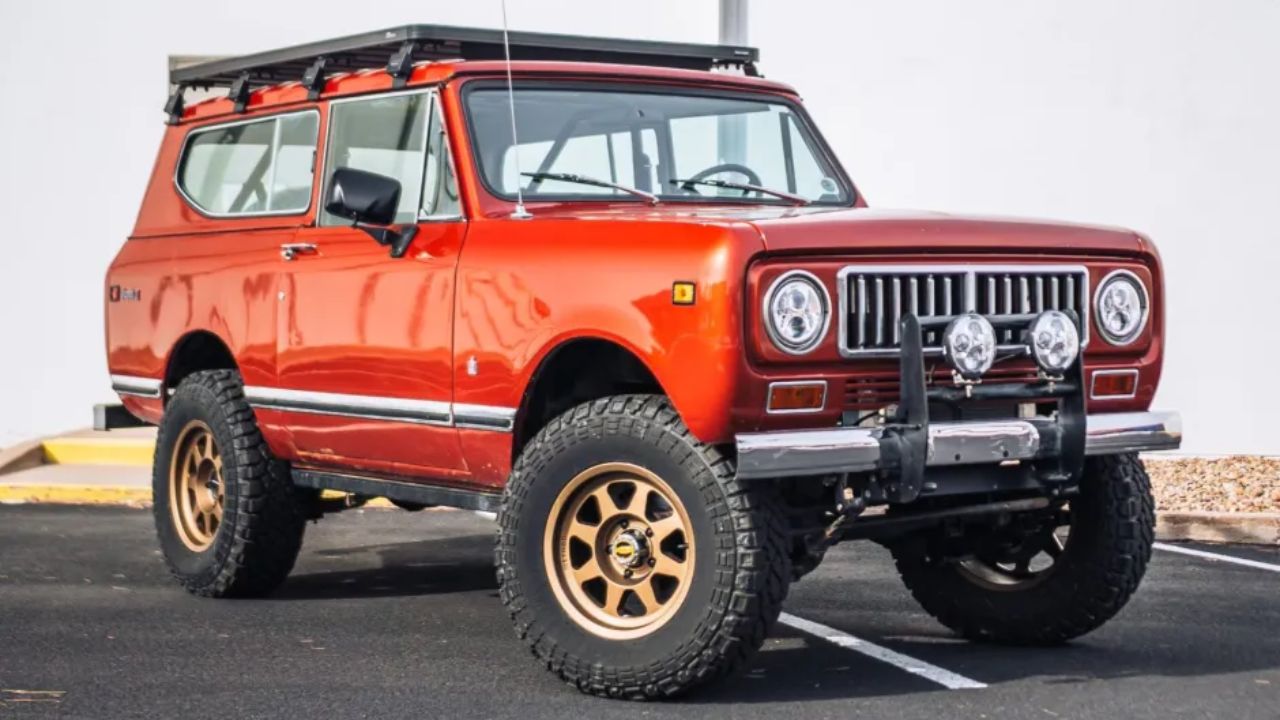
Built from 1971 to 1980, the Scout II was International Harvester’s answer to the Bronco and Blazer. Available with multiple engines, including the rock-solid 345 V8, it featured part-time 4WD and Dana axles that could take years of abuse.
The Scout’s appeal lies in its no-nonsense construction and farm-truck durability. It was never fancy, but it wasn’t trying to be. When properly cared for—and sometimes even when they’re not—Scouts just keep trucking. Their biggest enemy is rust, not mechanical failure.
8. Ford Bronco (1966–1977)

The first-generation Bronco was built with simplicity in mind. Its 92-inch wheelbase and boxy body made it maneuverable and easy to fix, while the Dana axles and inline-six or V8 engines gave it more than enough grunt for trails or snow.
Off-roaders love these because they’re basic, durable, and supported by an army of aftermarket suppliers. People have been restoring and upgrading these for decades, and even the beat-up ones seem to get a second life. If you’re looking for a vintage 4×4 that outlasts its owners, this is a strong candidate.
9. Dodge Power Wagon (1946–1968)

Originally a military truck, the civilian Dodge Power Wagon stuck to its roots. These rigs were built with heavy-duty frames, live axles, and low-geared transfer cases that prioritized torque over top speed. Early models used flathead straight-sixes that are still running today.
Farmers, forest rangers, and construction crews loved them because they could take punishment without complaint. With parts still available and old-school mechanics able to fix anything on them, the Power Wagon doesn’t need modern tech to keep it alive. It just needs someone who still owns a grease gun.
10. Suzuki Samurai
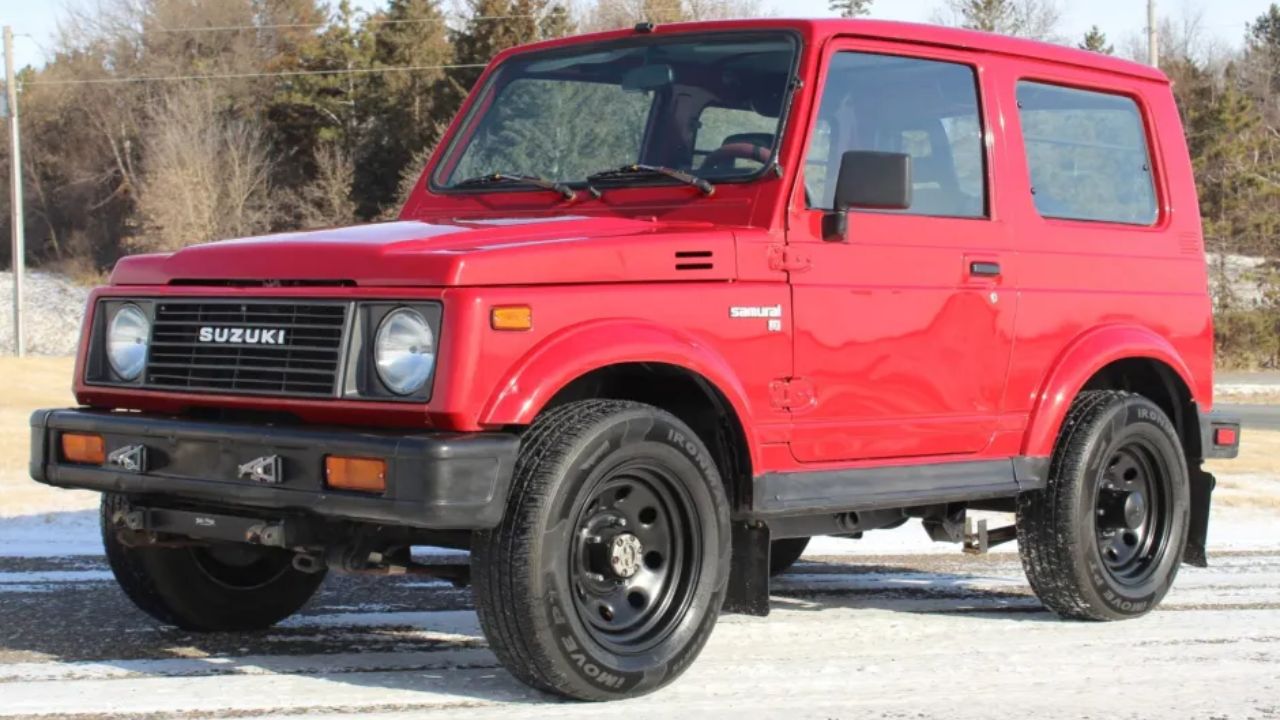
The Suzuki Samurai may be small, but it punches above its weight. Sold in the U.S. from 1985 to 1995, this little 4×4 came with a 1.3-liter four-cylinder and a curb weight under 2,200 pounds. That made it light enough to float over terrain that would stop bigger rigs cold.
The Samurai’s mechanical simplicity is part of its charm. There’s not much to go wrong, and the parts that do wear out are cheap and easy to swap. For off-roaders who value capability and durability over horsepower, the Samurai just keeps delivering.
Like Fast Lane Only’s content? Be sure to follow us.
Here’s more from us:

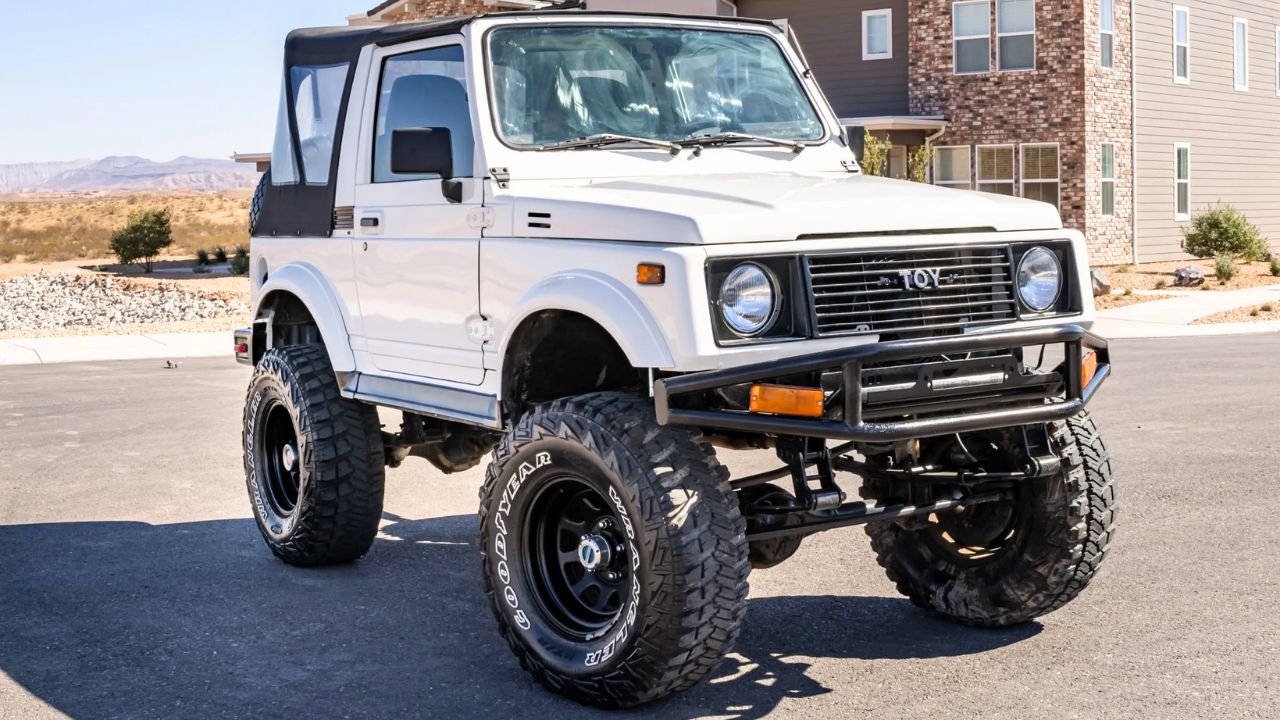
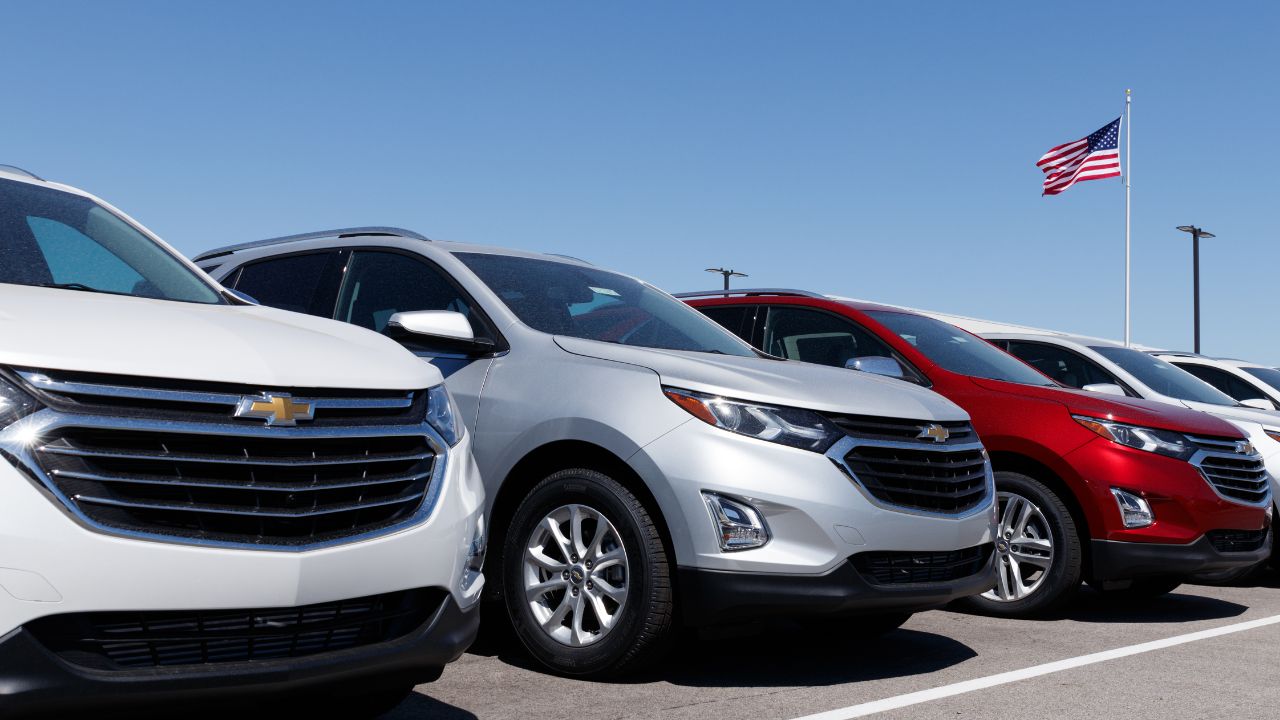

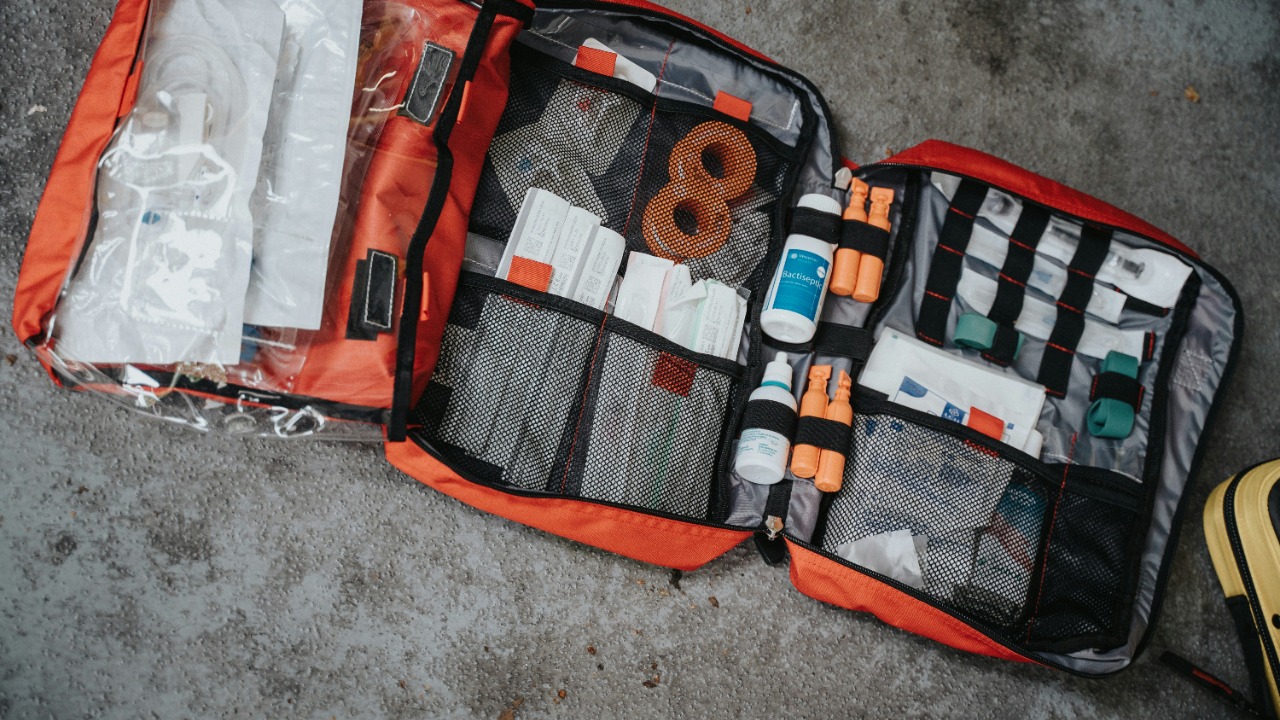

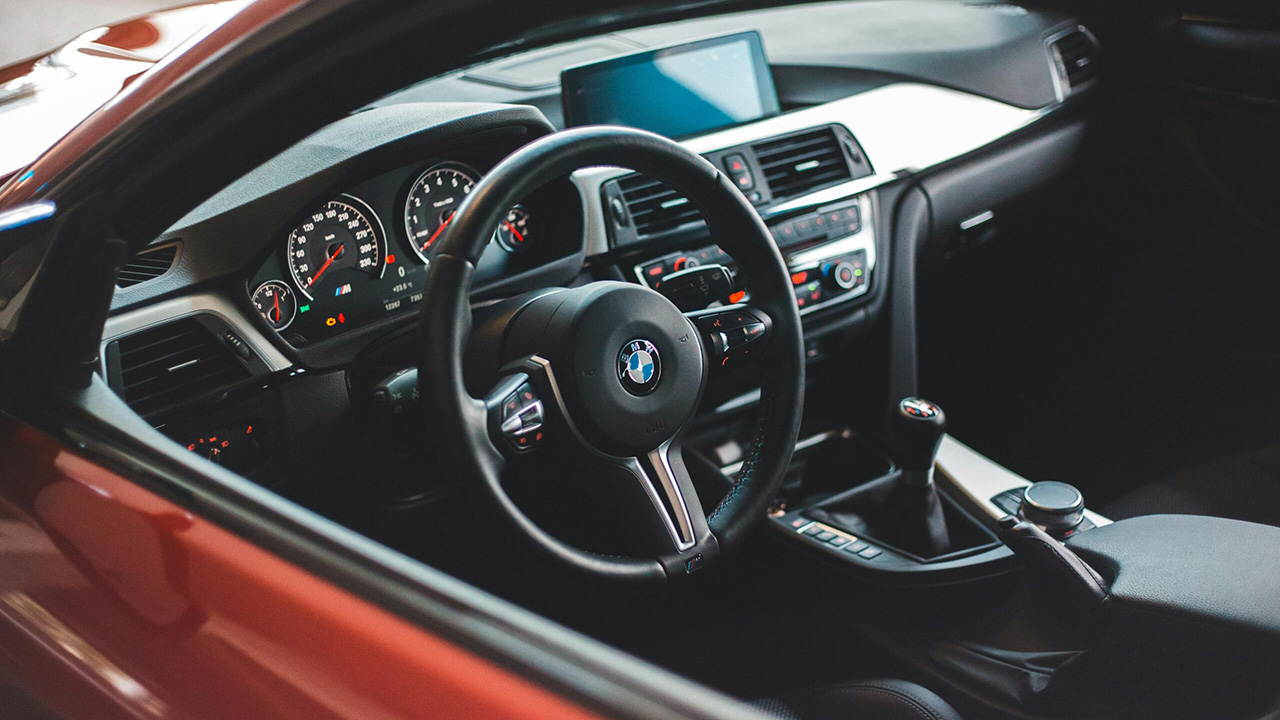
Leave a Reply